


Theme
7BB Approaches to teaching and learning
INSTITUTION
Ratchaburi Medical Education Center
Minitry of Public Health, affiliated with Mahidol University
Thailand


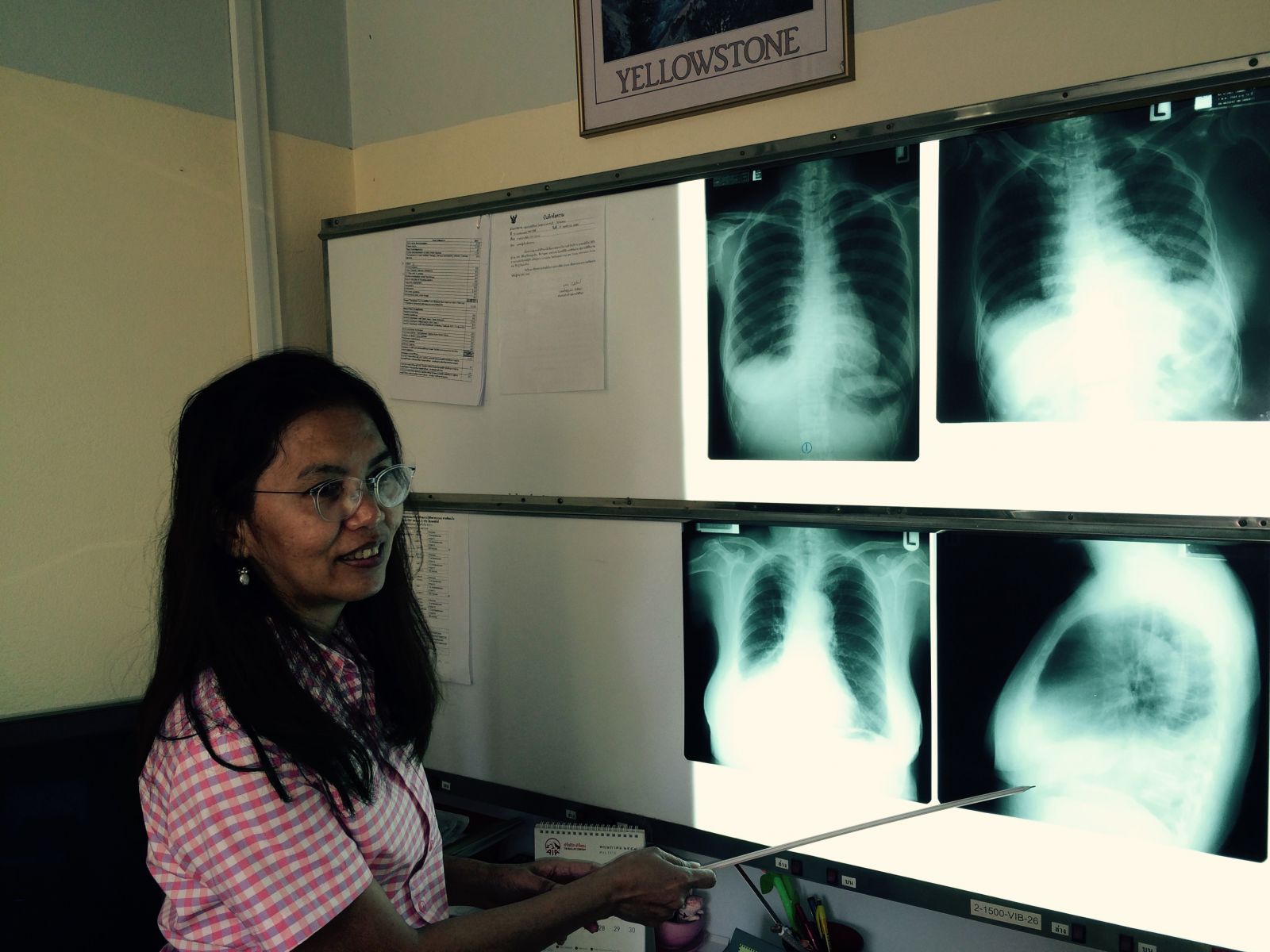
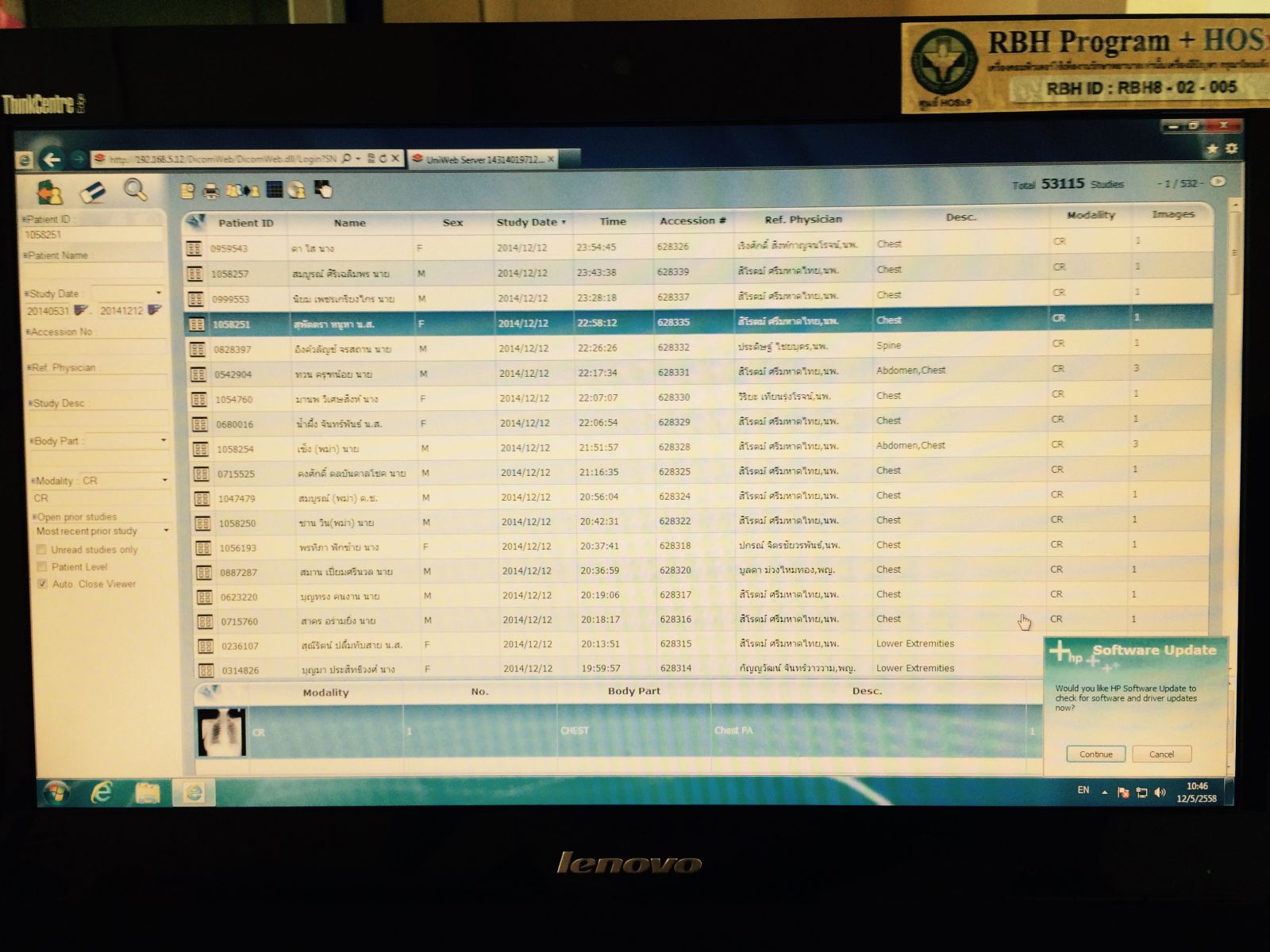
Systematic approach to plain-film interpretation is a radiology objective taught in the fourth year. In the past 12 years, students self-practiced interpretation on a film from teacher's collection before making a presentation to class. In 2014, the number of medical students increased twofold (from 16 to 32). A new approach is adopted. Every student is to select his/her own case from hospital digital files for presentation.
Selecting one's own case for class presentation provides comparative student autonomy and a little better learning outcome. Practice session for systematic plain film interpretation could add to student's confidence, communication skills and performance. The change in case selection method did not adversely affect learning outcome.
Teacher no longer needs to expect students to master approaching plain film by using teacher-provided collection. Students can search for films on their own. The presented films are 'unseen' to the teacher, so teachers are seen to also apply the systematic approach. Students can build more trust in the teacher and the stepwise 'film reading'.
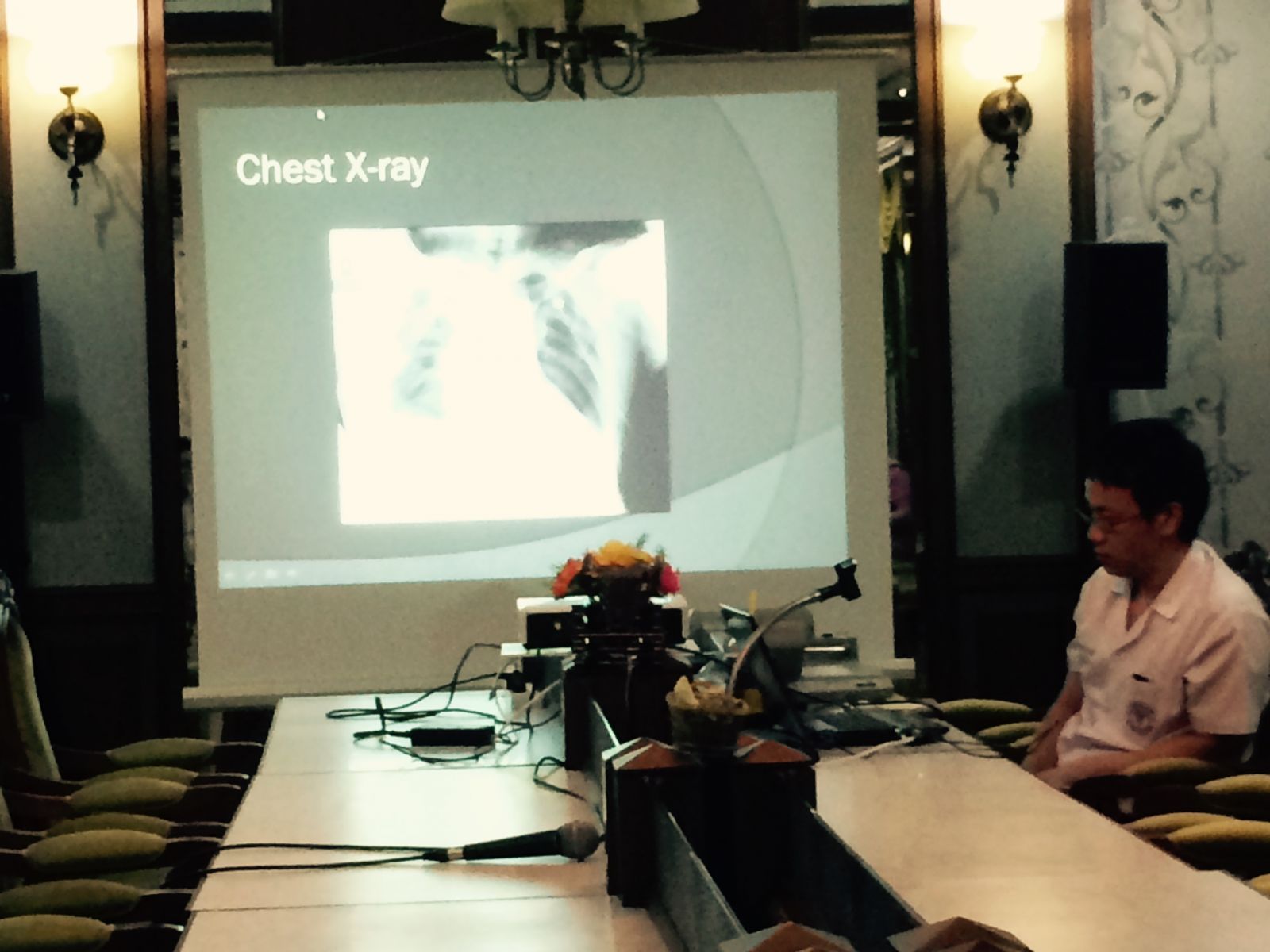
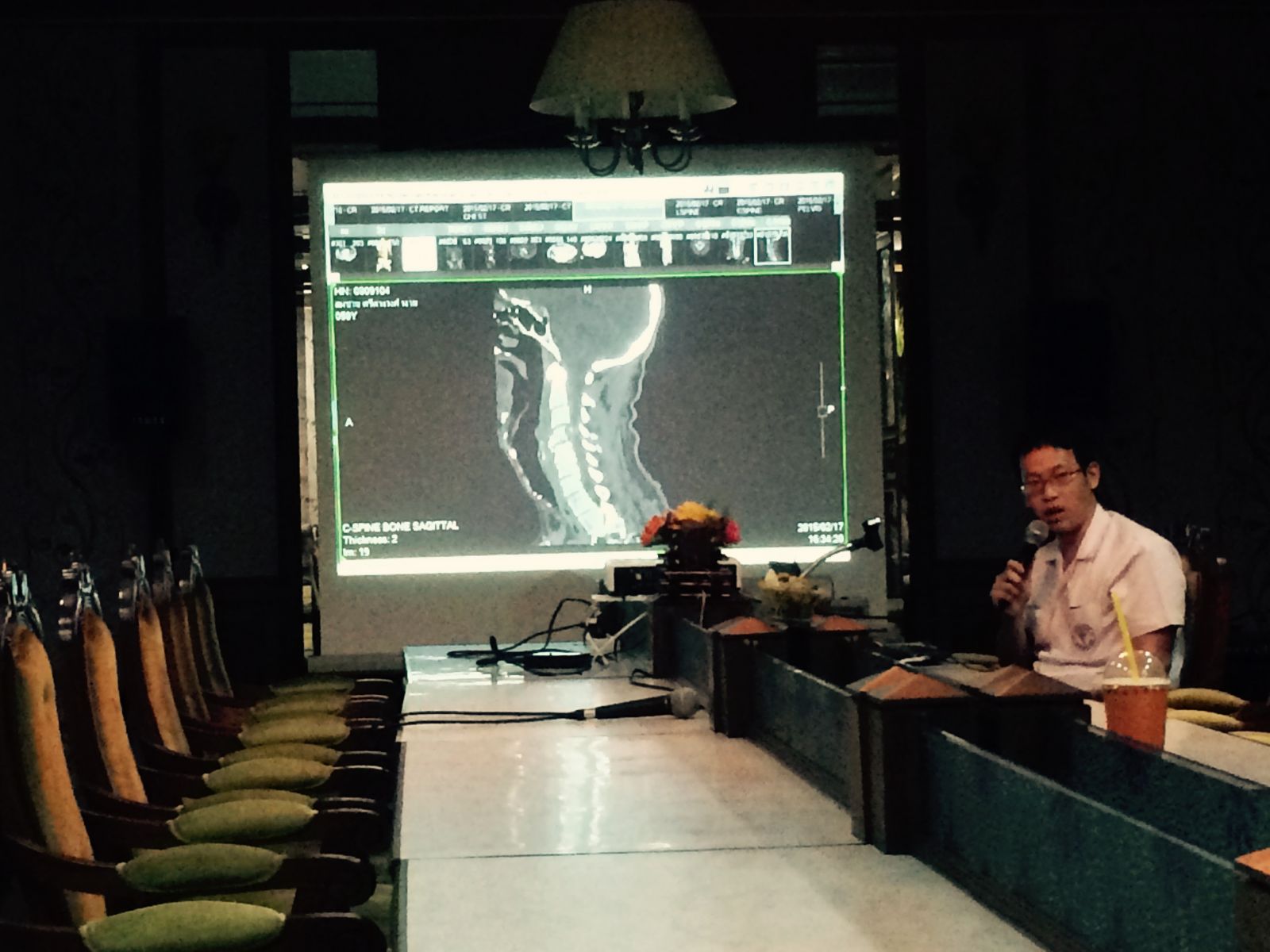
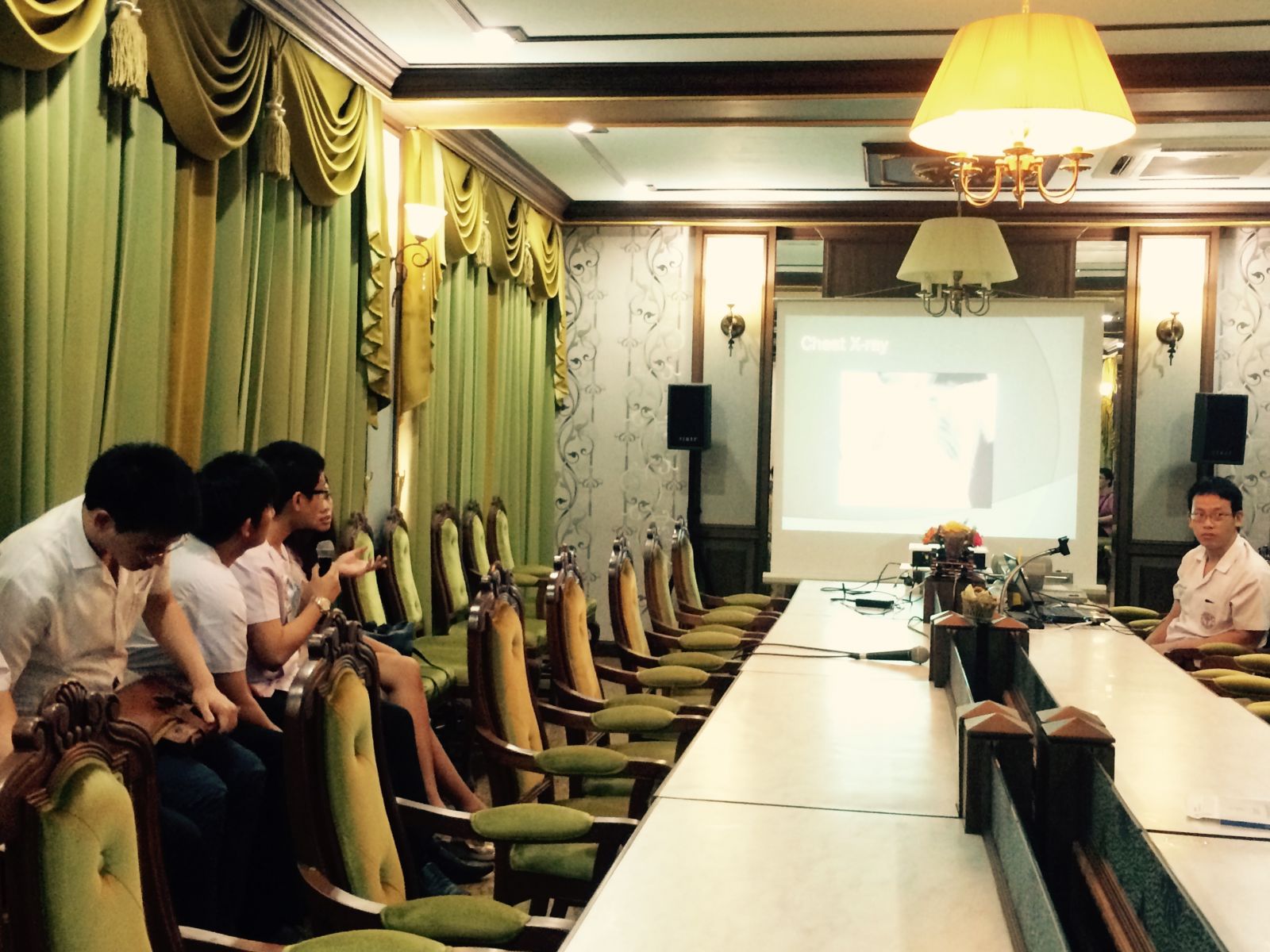
Objective: Each student approaches film interpretation by steps, including identification, detection, localization, analysis and differential diagnosis.
Methods: Thirty-two students are divided into 2 groups (16 each). Access to hospital digital films is open to students. Each student is asked to find a case with radiologic findings covered in the course and make a presentation. To prevent students being too focused on own cases, a student is randomly selected to interpret a film by turn. Teachers give feedback and add cases to improve coverage. A quiz is given at end of class. Final OSCE in plain film interpretation is given at end of course.
In academic year 2013 (N = 32) OSCE, one student scored lower than 50%. In the preceding decade (N = 16), 2-3 students had low (<50%) score each year. A questionnaire was given to evaluate student satisfaction. Satisfaction level is above 80%.
The authors thank Ratchaburi Medical Education Center and Ratchaburi Hospital for making this study possible.
 Send Email
Send Email